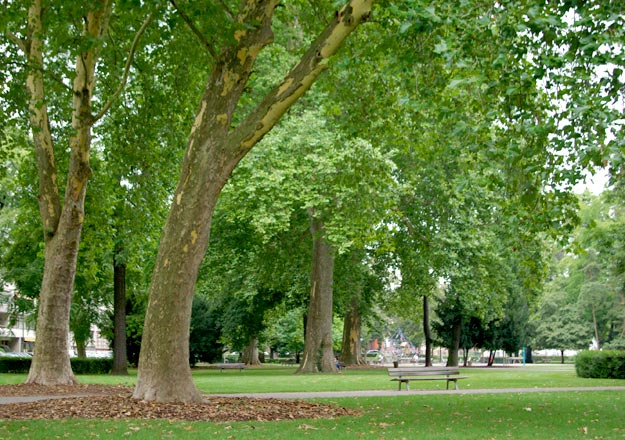Schopenhauer : remain as a pure subject to grasp the eternal form
Beauty is in the eye of the beholder. It is a cliché, perhaps, but so true. It can spring up around any street corner and find its way into ordinary objects in our everyday lives, provided we are receptive. A simple flower, a tree that only yesterday was completely unremarkable because we were preoccupied with other issues, suddenly evokes an overwhelming aesthetic sense.

As the German philosopher Arthur Schopenhauer (1788-1860) put it so eloquently, at such times we consider “neither the place, nor the time, nor the why, nor the purpose of things, but quite simply and purely their essence”; we do so because we then allow “neither abstract thought nor any principle of reasoning to clutter our conscience; instead, we turn all the power of our mind toward intuition.” Schopenhauer went on to argue: “When we are completely engrossed by it and our conscience is filled by a natural object, be it a landscape, a tree, a rock, a building, or anything else; … the moment we forget our own individuality, our own will, and we remain as pure subject, as a clear mirror of the object, in such a way that everything happens as though the object existed in and of itself without anyone being able to perceive it, when it is impossible to distinguish between the object and intuition itself, when they both merge into a single entity, a single conscience completely filled and dominated by a unique and intuitive vision; in short, when we sever all ties with will: that is when what we grasp is no longer any particular thing in its individuality but, rather, the idea, the eternal form.”
from Chaos and Harmony: Perspectives on Scientific Revolutions of the Twentieth Century by Trinh Xuan Thuan

Laisser un commentaire